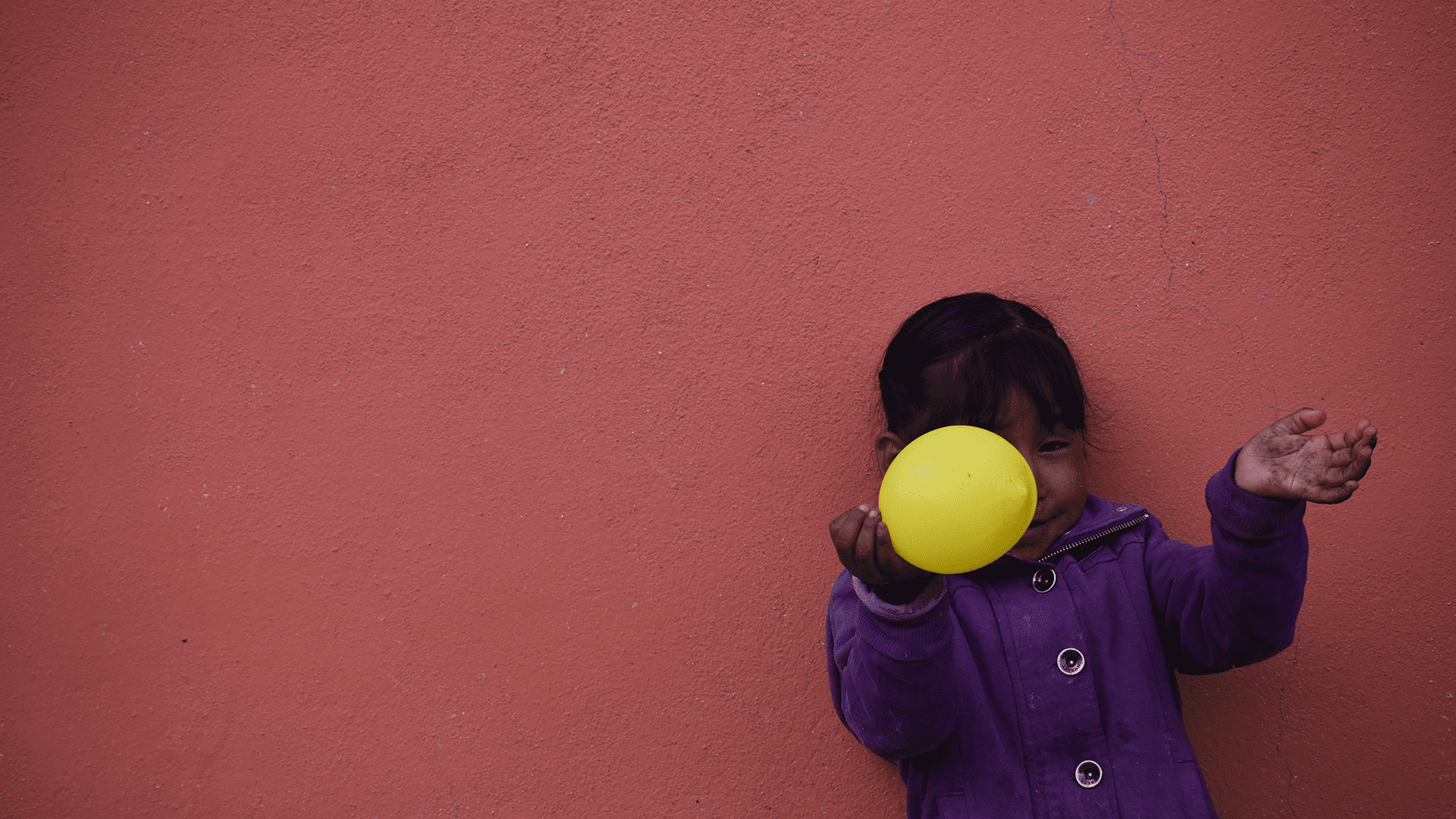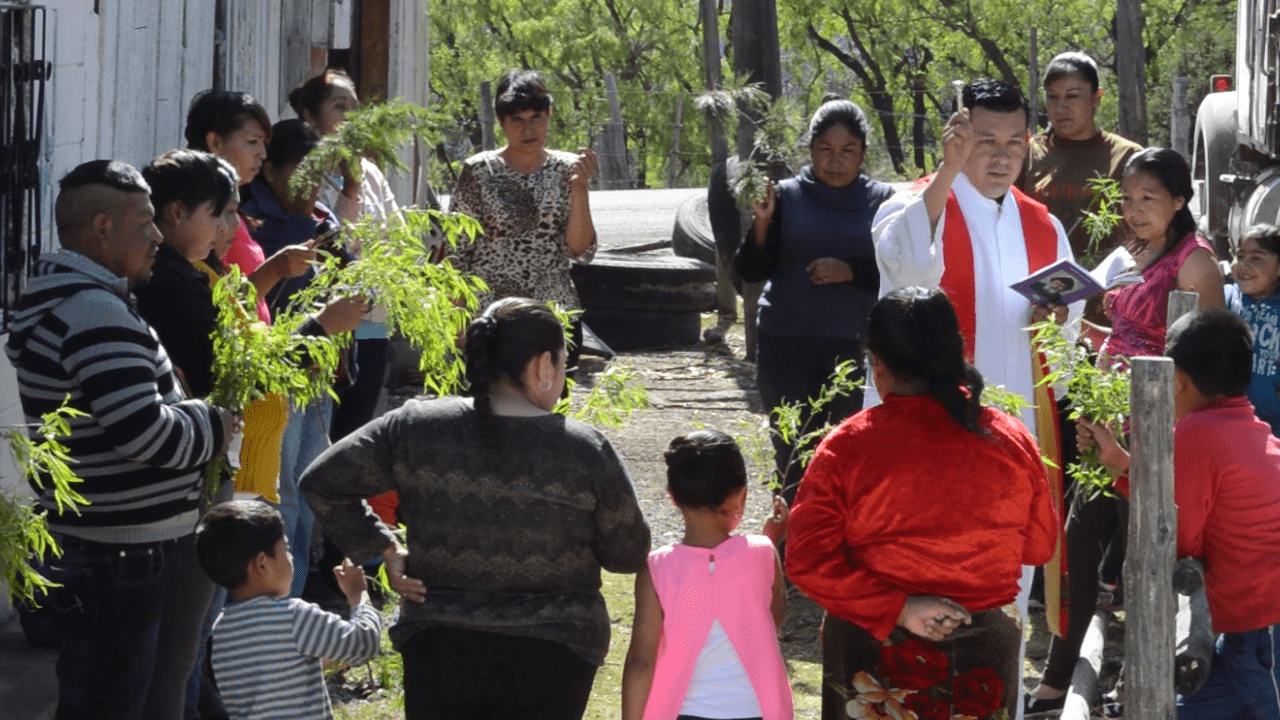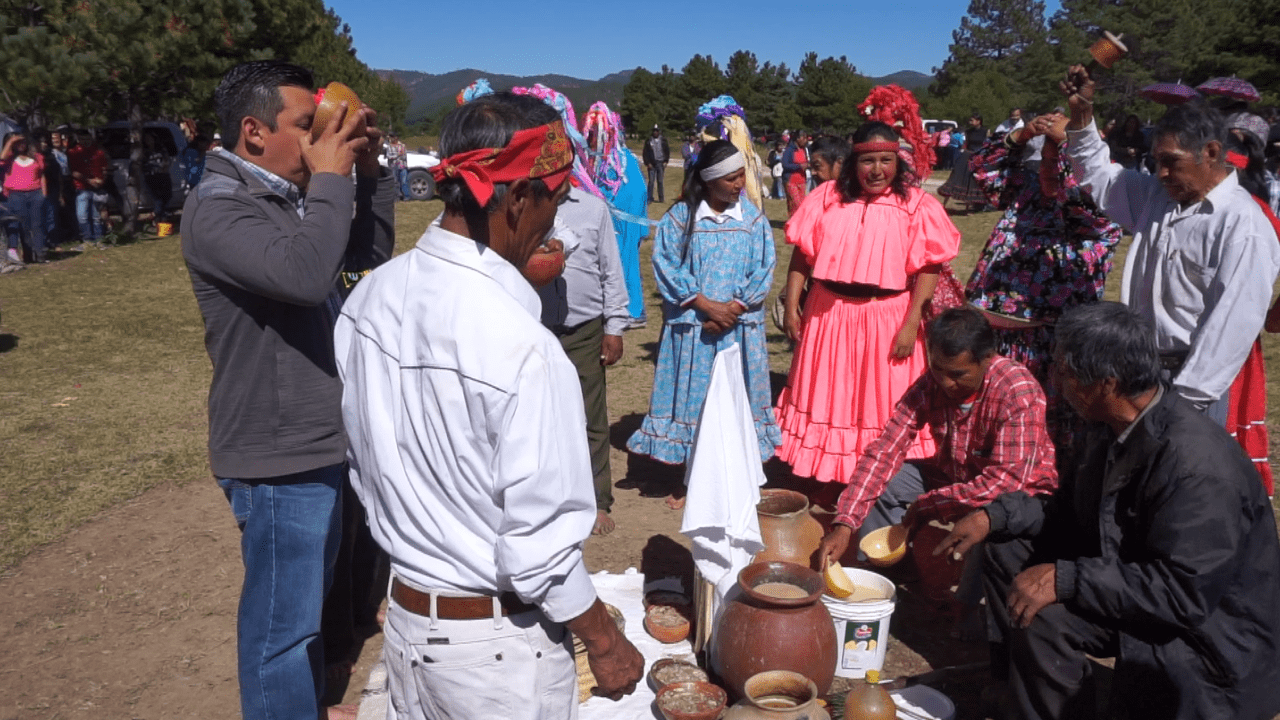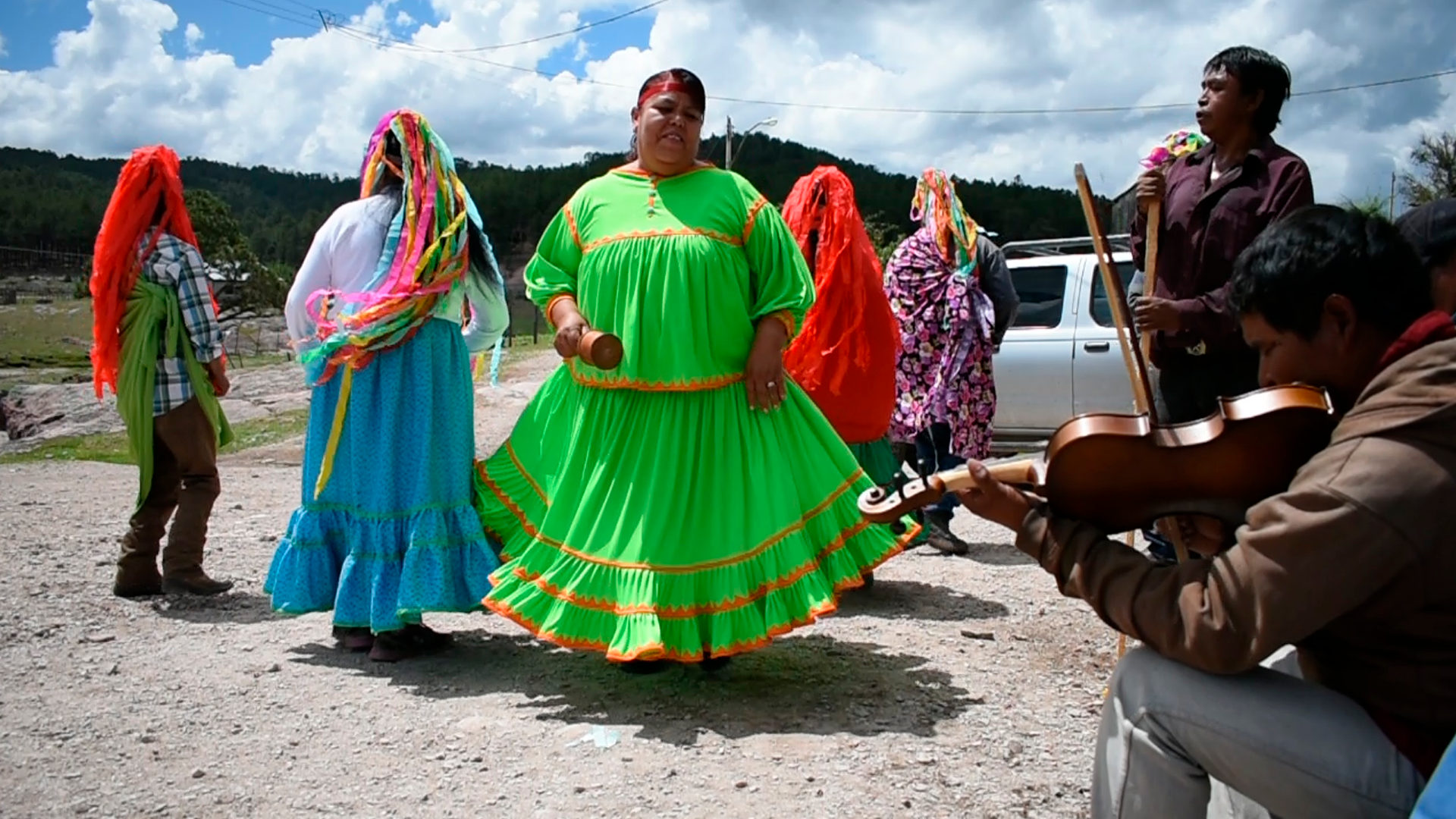On the occasion of the celebration of the International Day of Indigenous People, the seminarist, Carlos Regino Villalobos (Province of Mexico) shares with us information about the reality of the indigenous community in Mexico where the members of the Congregation of the Mission and the Company of the Daughters of Charity are actively ministering, evangelizing and giving witness to our Vincentian charism.
In the north of Mexico, but south of the State of Chihuahua one finds the Sierra Tarahumara, a mountain range that encompasses communities that have a very rich but complex reality. Here I refer to the Chabochis (reasoned individuals, persons who live a calm and serene lifestyle) and the Rarámuri/Tarahumaras (literal meaning isagile feet) … one of the 315 indigenous groups in Mexico. The climate of this area moves between two extremes: intense heat and rain during the summer; tremendous snow storms during the winter). The bishop of this area, Juan Manuel González, states that these extremes in the climate are revealed in the personality and the religious expressions of the Raramuris.
The diocese, from the time of its establishment in the 1950’s, has been considered a mission ad gentes, the only place in Mexico with this designation. The process of evangelization is difficult and complex. The traditions of this area are quite diverse, and the indigenous plurality presents a challenge for the pastoral ministry (a great challenge is language).
According to the National Council for the Evaluation of Political-Social Development (CONEVAL) 83% of the people in this area live in poverty and 52% in extreme poverty. The situation of poverty is very complex in this area and for reasons of prudence the ministry and the process of evangelization is focused more on affirming the value of the Rarámuri culture and less on denouncing corruption and drug trafficking. Government officials offer some possibilities for solidarity, but these are, for the most part, gestures that encourage paternalism and therefore, present obstacles to true development. The indigenous communities are manipulated by the political parties (for propaganda purposes) and by drug traffickers (who view the people of this area as “cheap labor” in cultivating their crops). As a result of their vision of the world, the Raramuris see themselves as guardians of the earth (at the same time large corporations extract large quantities of wood from their forests and water from their streams and rivers). Since the form of struggle of these people is rooted in non-violent resistance, many people opt to immigrate further into the mountains or to the cities (where they begin to lose elements proper to their culture).
The “Raramuris” contribute to the cosmic balance through dance (matachin) and sacrifice (yumare). God is a personal being who is near to them and provides for them … this God is viewed as mother and father and, depending on the region, is called Naruame or Narrum. In dance they petition God for rain and they rejoice of God’s presence in their midst. Celebration is part of God’s personality and as a result the whole community should participate in those celebrations that are presided over by the traditional medicine man. The active participation of the whole community is reflected in a word that has profound meaning for the people: corima. Corima means sharing life, drinking from the same font, being nourished in the same place; it means sharing joys and sorrows … sharing all of one’s life. This word is often translated with the Christian word, charity.
The bond between Corima Raramuri and Christian charity is achieved by the members of the Daughters of Charity and the Congregation of the Mission. The Daughters provide for the medical needs of the people living in Creel and Correcoyote … they also provide for some of the educational needs of the indigenous and mestizos communities. The members of the Congregation, Father Alonso Nuñez, Father Luis Arreola and Father José Martinez, minister in the 45 communities that make up the parish of Our Lady of Loreto (Chinatú). This is one of the most incredible missions in Mexico and there is no doubt that the Vincentian charism is very much alive there.
By: Carlos Regino Villalobos, CM
Seminarist Province of Mexico
Translated:
Charles T. Plock, CM
Eastern Province, USA





